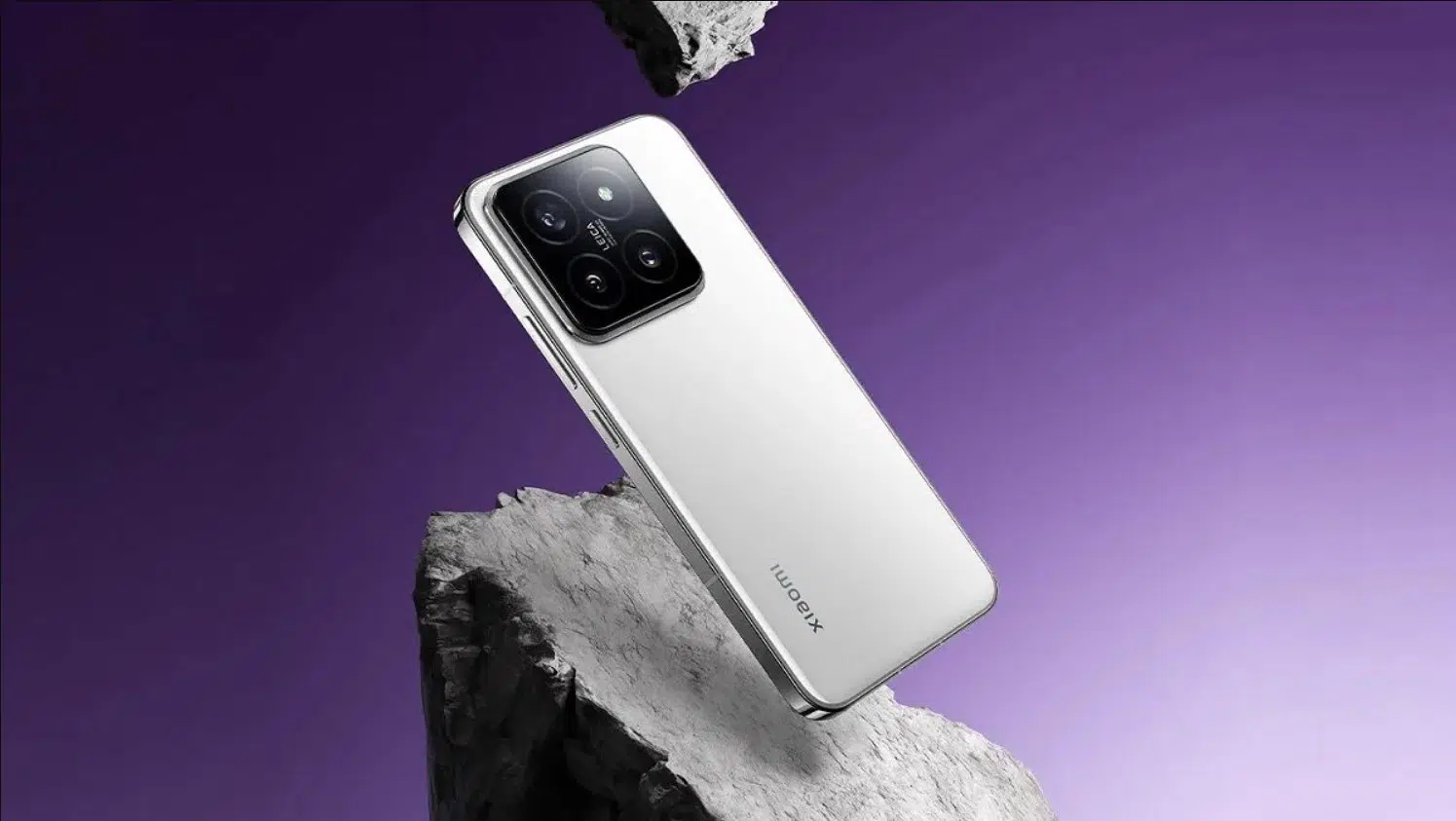In recent years, the foldable phone market has experienced significant growth, with more companies entering the arena to offer their own iterations of this cutting-edge technology. While the expansion of options is generally seen as a positive development, it has led to a homogenization of foldable phone designs. In fact, if one were to remove the brand logos from these devices, it would be increasingly challenging for consumers to differentiate them solely based on design. This article delves into the issue of homogenization in the foldable phone market and explores the perspective of Pei Yu, a prominent industry figure, who suggests that consumer demand for foldable phones may be influenced more by manufacturers than by genuine customer preferences.
Pei Yu, a respected figure in the tech industry and co-founder of Nothing, a company known for its innovative approach, challenges the notion that consumer demand for foldable phones is inherently high. According to Pei Yu, manufacturers are driving this innovation, pushing it onto consumers rather than responding to genuine market demand.
Pei Yu’s Perspective
In a recent interview, Pei Yu shared his thoughts on the future of foldable phones and Nothing’s stance on entering this market. When asked if Nothing had any plans to launch a foldable phone, Pei Yu responded by stating, “Not in the short term.” He further elaborated on his reasoning, expressing skepticism about consumer preferences driving the need for foldable phones. Pei Yu believes that rather than consumers explicitly demanding foldable phones, it is the manufacturers who are pushing this innovation onto the market.
Pei Yu’s statements provoke further reflection on the state of the foldable phone market. While foldable phones undoubtedly offer unique advantages, it is crucial to consider whether the demand for such devices is organically driven by consumer needs or influenced by the industry’s drive to innovate and differentiate.
Conclusion
The foldable phone market has witnessed remarkable growth, attracting numerous companies eager to capitalize on this innovative technology. However, the proliferation of similar designs has led to homogenization, making it challenging for consumers to differentiate these devices based solely on their appearance. Pei Yu’s perspective adds an interesting dimension to the discussion by suggesting that consumer demand for foldable phones may be influenced more by manufacturers pushing innovation rather than addressing genuine market demand. As the foldable phone market continues to evolve, striking a balance between innovation and meeting authentic consumer needs will be vital to ensuring its sustained growth and relevance in the years to come.





